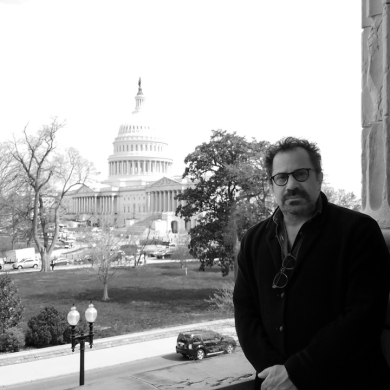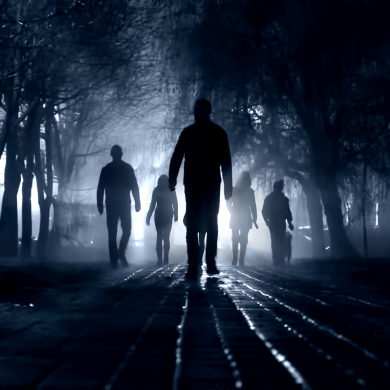Published Date: 03-01-17
By: Gregg LaGambina
Fourth in the series.
Anne Marie Fox has been a photographer since she was 10 years old. Fox explored the streets and people of Heidelberg, Germany – with her first Instamatic camera as her sole companion – while her mother, an expat university student, finished her studies. Today, she is a motion picture film still photographer. Fox, herself, never imagined she would end up with such a specific career, even if she already knew at a young age that photography would play a major role in her life.
After graduating from Columbia University, she studied at the International Center of Photography in New York City. Fox went the traditional route first, shooting images for fashion and travel magazines, while building her portfolio. It wasn’t until she was hired as the film still photographer on Kenneth Branagh’s Frankenstein that she discovered her love of movie sets and all of the interesting images waiting to be discovered and captured during the production of a major motion picture. Fox had found her path and has never looked back.
Since then, Fox has been the still photographer on the films Dallas Buyers Club, Wild, Jessica Chastain’s upcoming The Zookeeper’s Wife, as well as the recent HBO television series Insecure.
CreativeFuture spoke with Fox to find out more about “motion picture film still” photography, what a normal day at work looks like, the best on-set photograph she has ever taken, and why sometimes, when most of the crew is taking a break, she is working even harder.
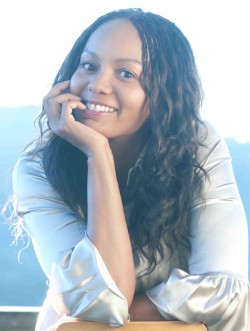
Gregg LaGambina: What is a “film still photographer”? And is that even the correct job title?
Anne Marie Fox: There are various titles. There’s “motion picture film still photographer” or just “still photographer.” There’s also a term – “unit photographer” – but that’s usually attributed to television work. But “film stills/portrait photographer” is a general term that makes the most sense for what I do.
GL: How did you become interested in photography?
AMF: My mother attended Schiller College in Heidelberg, West Germany when I was a teen and thankfully took me along. I think my imagination got the best of me once I landed in Europe. It was the very best kind of culture shock. I became especially fascinated with architecture and landscapes while living abroad. Essentially live sets with incredible history. It was definitely the beginning my visual awareness. When we returned to the States, I purchased my first SLR camera and trained my eye on my classmates – girls in Catholic uniform running through the hallways; communing at the lockers; smoking in the bathroom; that sort of thing. I would make two sets of prints, one for my classmates and the other for my albums. I quickly noticed I enjoyed shooting people as much as architecture and landscapes. It felt like a creative breakthrough and it was the decisive moment when photography became a great outlet for me. I also loved that it made everyone so happy! It intrigued me how a simple photograph could bring so much joy to people’s lives. I have always been a bit shy, so it was also a great means of communication for me.
GL: Did you study photography after high school?
AMF: Photography was essentially a hobby. As a means of expression, I just kept doing it because it gave me pleasure. In the end, my diligent pastime led me to an apprenticeship with a great photographer, Brigitte Lacombe, thanks to Kathleen Klech, the photo editor at Condé Nast Traveler magazine. While I apprenticed with Brigitte I also attended International Center of Photography. It was time to seriously acquaint myself with the history of photography; the dark room and the art of printing; shooting weekly assignments; working in medium format – fundamentally learning that light and time and composition are key. It was gratifying to be schooled and be able to have an intelligent conversation about my craft after my apprenticeship and ICP.
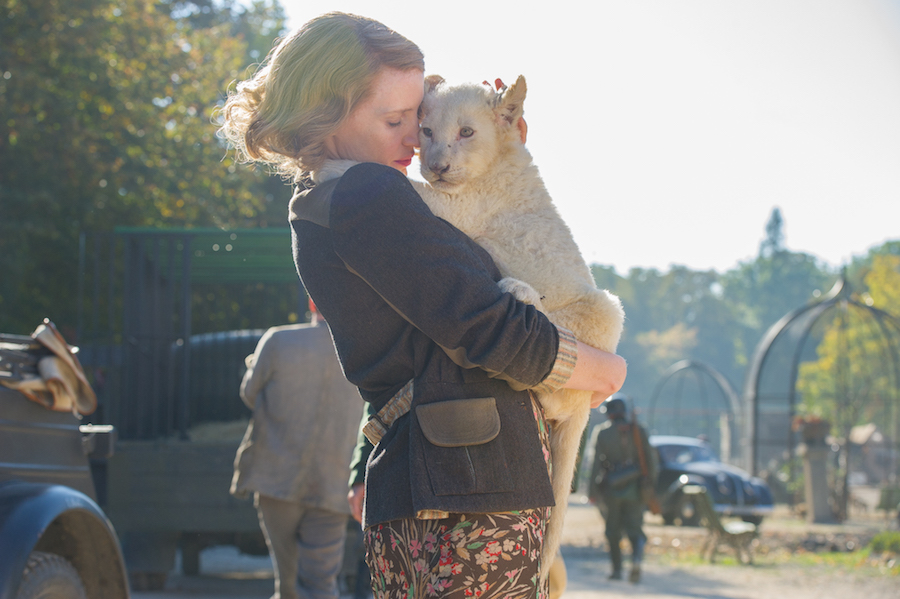
GL: What was the first film you worked on as a motion picture film still photographer?
AMF: Kenneth Branagh’s Mary Shelley’s Frankenstein. That’s where I discovered this very specialized career. Miraculously, it was a natural fit. I’ve always been a film buff who loves great storytelling and filmmaking – while writers, directors and actors have always been my milieu – so to have an opportunity to work in the controlled creative environment of a film set was simply a godsend.
GL: Physically, where are you on set? Looking at some of the photographs you took for Dallas Buyers Club and Wild, it would appear that you’re quite close to the crew that is filming the actual movie.
AMF: I try to be as mobile as possible. Luckily, I have the freedom to move about discretely. Otherwise, you can find me matching scenes behind the movie camera or looking for dynamic behind-the-scenes imagery to showcase the filmmakers and crew. On Dallas Buyers Club, it was a very small camera department. Three altogether including myself. Very organic which inspired great creativity. An unusual, however, perfect balance.
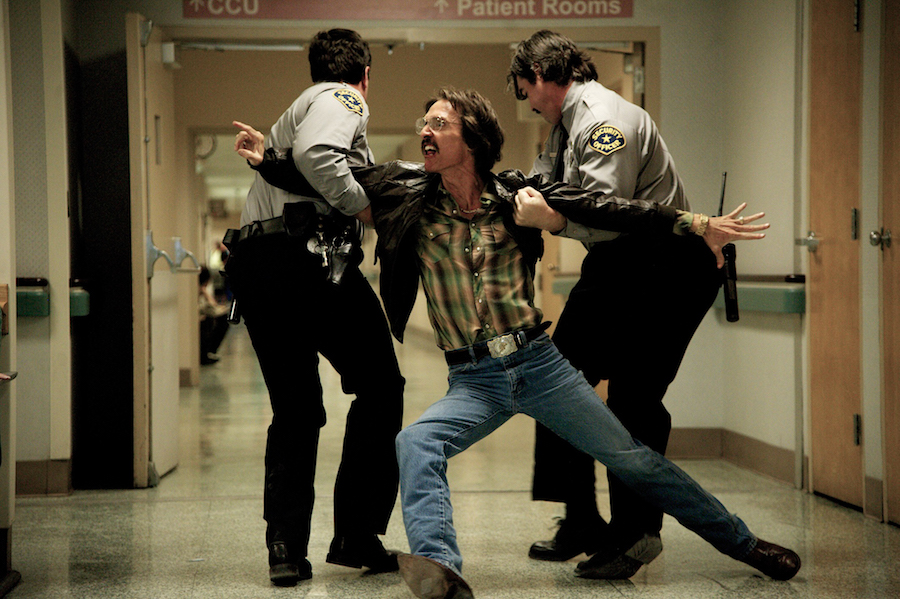
GL: Why does a movie or television production need to hire a still photographer?
AMF: In my opinion, still photography is an art form and vital documentation of the entire production. It’s also a marketing and advertising tool. Sometimes stills become part of the collective conscience, evoking and inspiring generations to come. Film is a powerful medium and stills/key art imagery is its cousin. When you think about Breakfast at Tiffany’s, that still image of Audrey Hepburn holding her croissant and coffee cup while gazing into the window is like a distant memory. It’s strong, beautiful, iconic. Bud Fraker captured an exceptional moment. In other words, the artistic value of a great still can be priceless and have enormous longevity.
GL: You’re also credited on the film Wild as “stills photographer: Special Effects.” What exactly does that mean?
AMF: I did some special effects on Wild because they needed photography to send back to the labs in Montreal. It was an interesting assignment. Marc Côté, the FX supervisor, was great to work with. “OK. Here’s a globe,” he would say. “Photograph the globe.” They were shots of minute prisms of abstraction for the most part. Really fascinating. I approached it as a still life, but it’s much more complex than that. Marc really is the expert and knew precisely what he was looking for, my task was simply to capture it.
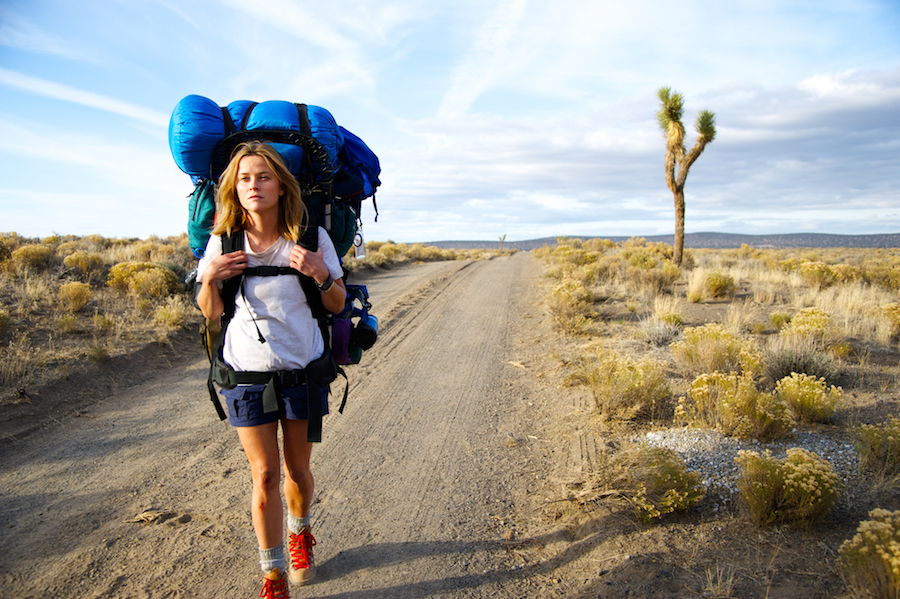
GL: Is this particular type of photography a difficult career to break into?
AMF: Luck is big factor. You can’t get around that. Having friends in the business is also a major contributor to getting hired. But I would say it’s like any occupation – if you put your mind to it, work hard, and persevere, opportunity will eventually knock.
GL: Besides the usual promotional materials that come out before a film is released, what are your photographs eventually used for?
AMF: I’ve had my stills used for poster and DVD art, editorial, and a few billboards.
GL: You worked on the film Life, which was directed by Anton Corbijn, a photographer, and it’s about a famous photograph of an actor, James Dean, that appeared in Life magazine. In other words, you were the still photographer on a film directed by a photographer that is also about a photograph. What was that experience like?
AMF: Anton Corbijn is so lovely and a genius photographer and director. It was a sublime experience; so many layers. I only shot the LA unit, but those three days transported me back to a time when photography was celebrated as an art form. The film examines James Dean’s relationship with Life Magazine’s Dennis Stock. Personally, it was a favorite assignment of mine.
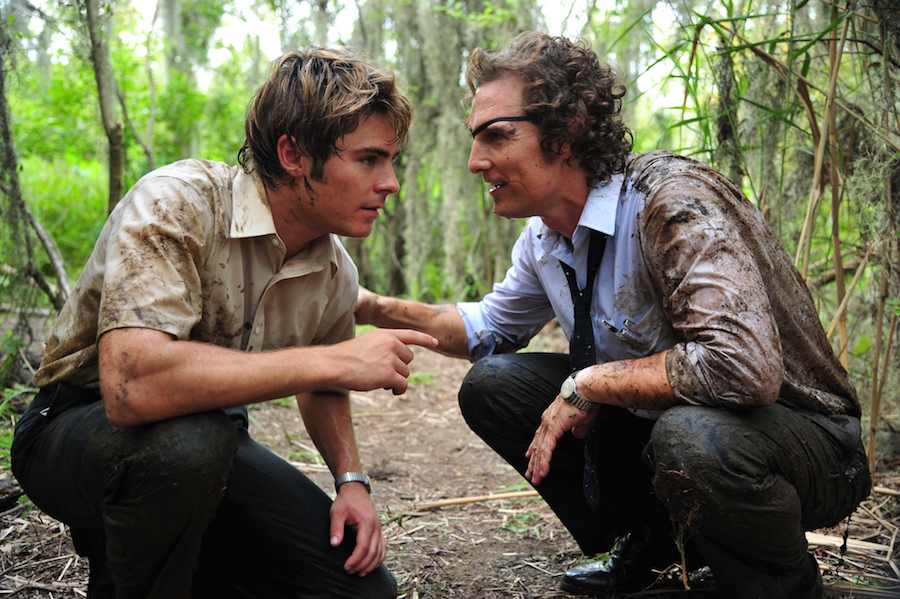
GL: What is the best photograph that you’ve ever taken on set?
AMF: I’m leaning toward Lee Daniels’ The Paperboy and Jean-Marc Vallé’s Wild. The movie poster art was really well-curated by photo editor Eric Green, from Millennium Films for Paperboy and Crystal Shin was fantastic over at Fox Searchlight. But I have several images in the archives that rank as unforgettable in my mind that unfortunately may never be seen publically. I’m especially proud of my reportage of Robert De Niro’s physical and prosthetics transformation in Mary Shelley’s Frankenstein, as well as a portrait series taken of Matthew McConaughey’s weight-loss and altered physique on the set of Dallas Buyers Club.
GL: You have a lot of photographs of the crew when they’re on break, so even when everyone is resting, you’re still working.
AMF: Absolutely! Sometimes those are the best moments. When people are at ease, or deeply engrossed in their work, that’s the essence of what I like to shoot more than anything. Camaraderie and people enjoying their work, it’s a classic Kodak moment!
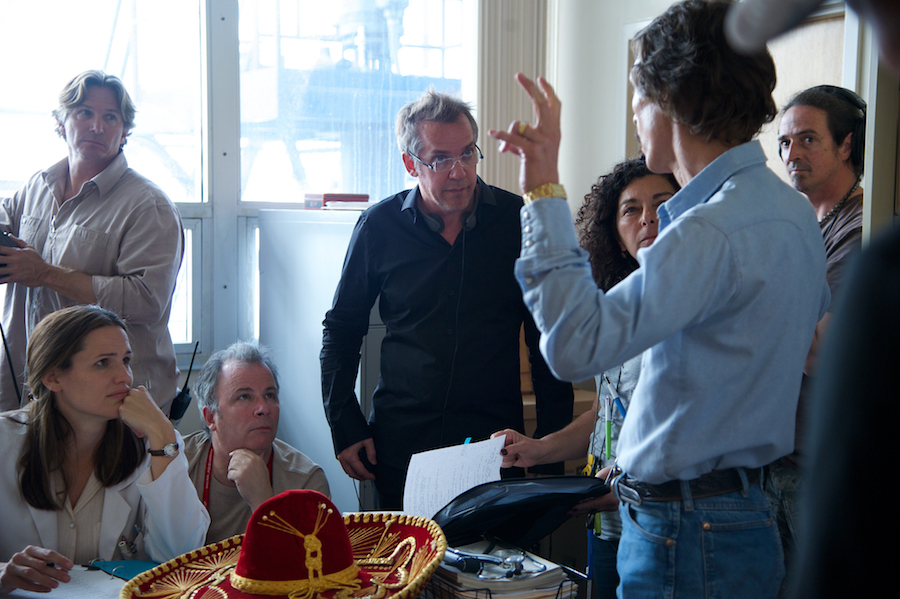
All photos courtesy of Anne Marie Fox.

